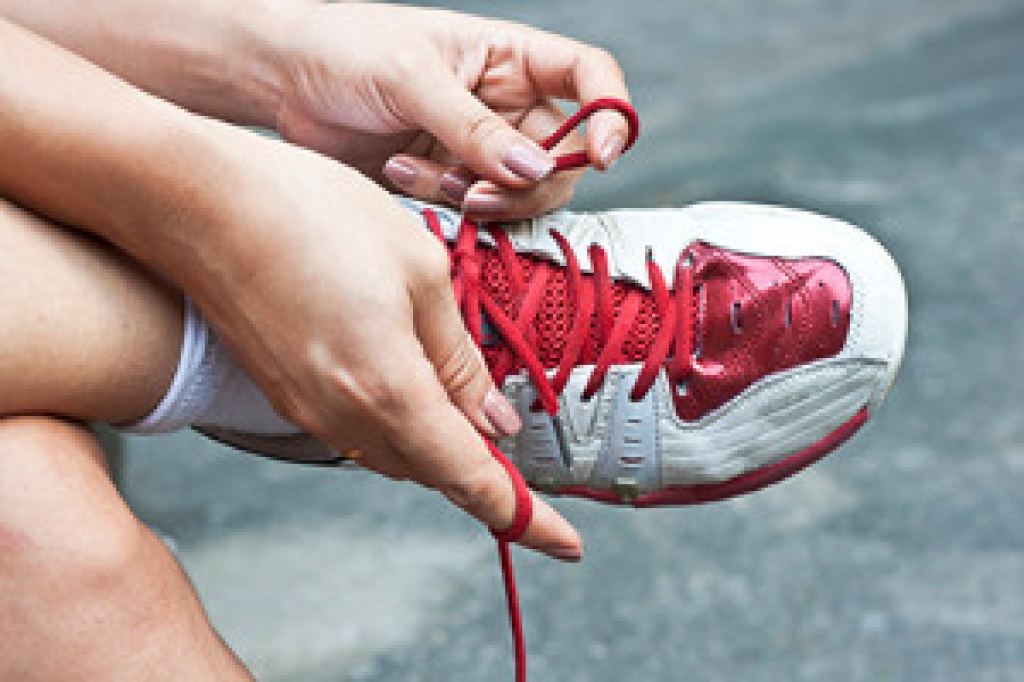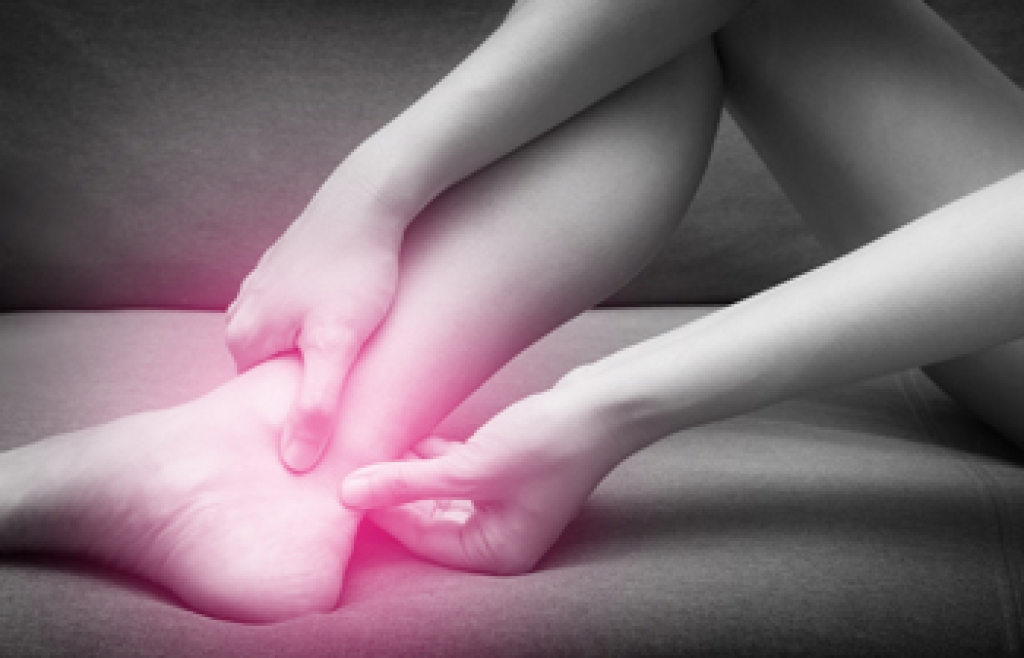
Running shoes play an important role in protecting your feet and improving your overall movement. Good cushioning helps absorb impact and reduce stress on your joints, while stability features keep your foot from rolling too far inward or outward. Proper support guides natural motion and lowers the risk of common injuries. A proper fit is essential because shoes that are too tight or too loose can create discomfort and lead to blisters or strain. All of these features work together to keep your feet comfortable and safe during activity. A podiatrist can evaluate your foot type, gait, and needs to help you choose the best footwear. If you have foot pain from wearing the wrong type of shoes, it is suggested that you consult a podiatrist who can treat various foot conditions and provide individualized guidance on the right type of running shoes to purchase.
You should always make sure your running shoes fit properly in order to avoid injury. For more information, contact Carrie Frame, DPM from West Virginia Foot & Ankle. Our doctor can provide the care you need to keep you pain-free and on your feet.
Choosing the Right Running Shoe for Your Foot Type
Improper shoe sizing can cause a myriad of problems for your feet. Shoes that don’t fit you properly can lead to muscular imbalances in your body, which can result in foot, knee, and hip injuries.
Tips for Finding the Right Running Shoe
- Make sure you have a thumb’s width of wiggle room between the end of your longest toe and the front of the shoe.
- There should be little to no slipping at the heel
- Don’t assume your size in one shoe brand will be your size in another
- Do not lace up your shoes too tightly
- Walk around in the store with your new shoes before you buy them
If you have any questions, please feel free to contact our office located in Charleston, WV . We offer the newest diagnostic and treatment technologies for all your foot care needs.




